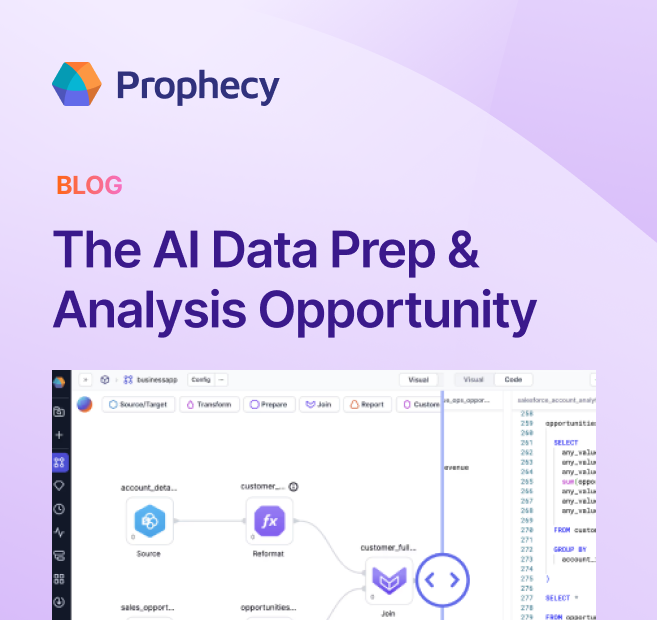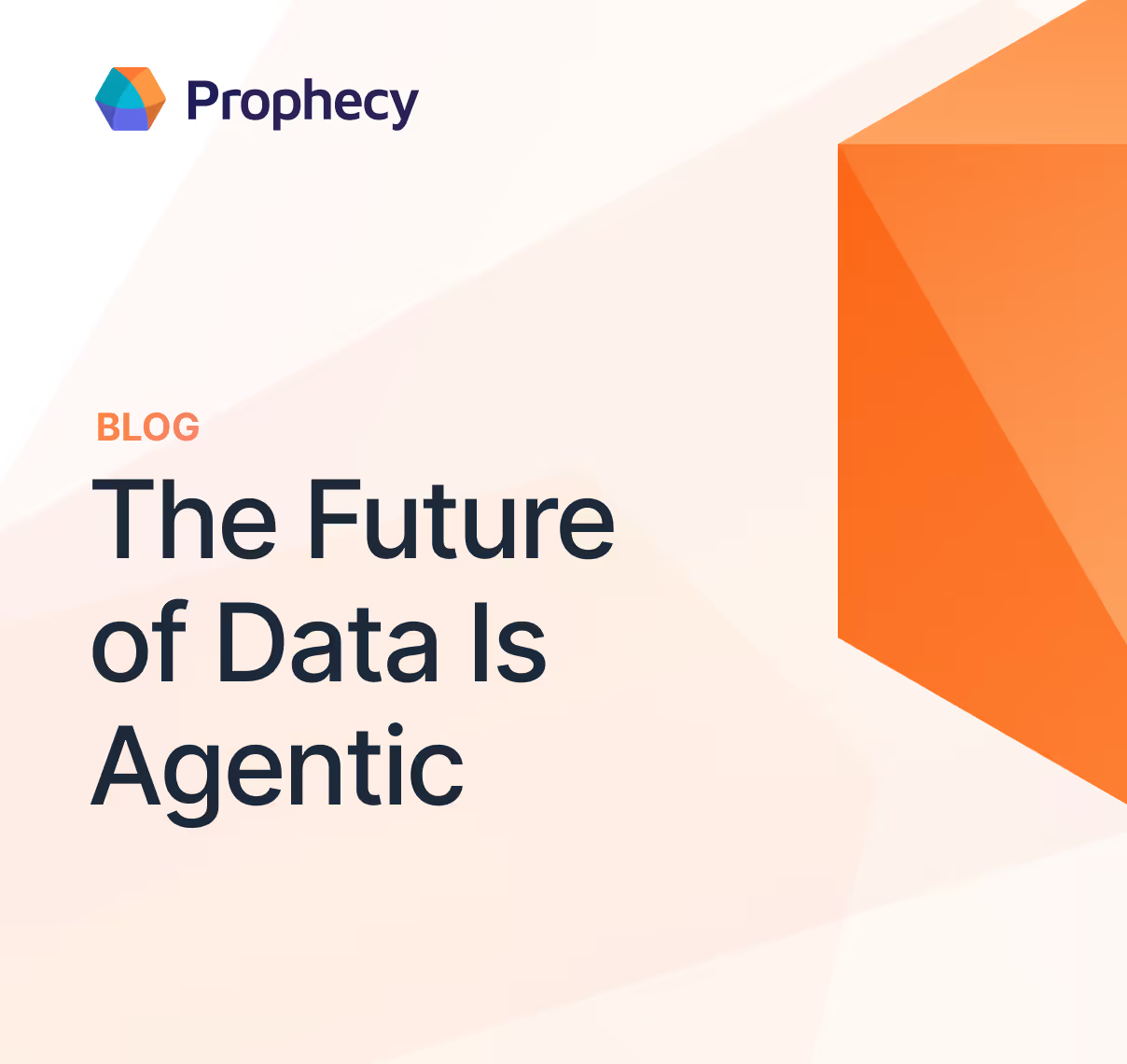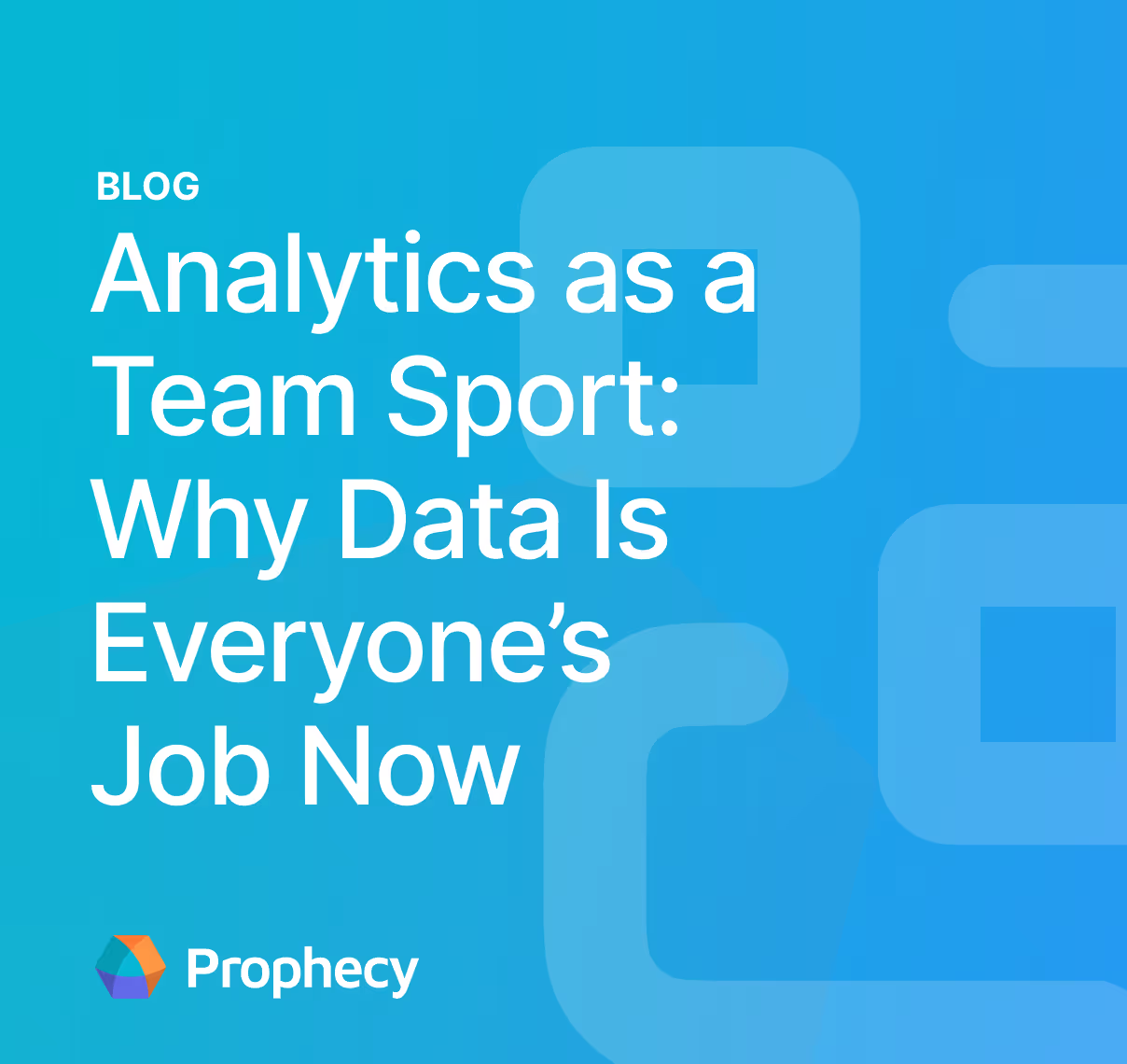6 Challenges in Databricks CI/CD Implementations And Their Solutions
Explore optimal solutions to overcome challenges in implementing CI/CD for Databricks. Ensure streamlined data pipelines with best practices and tools.
CI/CD practices have become essential, transforming how we build and deploy data solutions. In Databricks environments, these practices take on unique approaches as teams move from batch processes to more agile deployment models.
Teams and data engineers struggle with managing notebooks, automating deployments, and maintaining consistency across environments—obstacles that differ significantly from traditional software development.
In this article, we'll explore six practical challenges in implementing CI/CD on Databricks, with solutions that balance the platform's unique capabilities with established DevOps best practices to create more reliable, maintainable data pipelines.
1. Implementing version control for Databricks
Databricks delivers powerful data processing capabilities, but implementing effective CI/CD workflows within this ecosystem presents specific challenges. Our recent survey shows that 47% of data teams cite excessive time creating pipelines as their top data processing challenge. Teams struggle with managing notebooks, automating deployments, and maintaining consistency across environments.
To manage versions, Git is recommended, and popular Git management tools like GitHub are commonly used by large enterprise teams to manage the code that runs on Databricks. Managing data pipelines with multiple dependencies can lead to conflicts between incompatible libraries or different versions of the same artifact. Failure handling becomes another significant obstacle, with limited visibility into which specific record triggered a failure. Implementing robust error handling requires careful planning, such as using validation decorators like @dlt.expect_or_fail("valid_count", "count > 0").
Integrating with external systems adds complexity, as Databricks jobs must connect with various data sources while maintaining versioning consistency. The lack of clear pipeline structure visibility creates collaboration barriers and knowledge silos.
Modular pipeline design offers a solution by breaking workflows into independently testable components. This approach enables faster debugging and promotes code reuse. Adopting effective ETL pipeline scaling strategies and metadata-driven orchestration provides a framework for defining pipeline dependencies in a version-controlled manner.
Implementing canary deployments and rollback capabilities becomes feasible with properly modularized pipelines. Databricks jobs with custom control flow logic enable sophisticated orchestration patterns, while pipeline expectations for data validation allow teams to progressively deploy changes with the ability to revert if needed.
2. Orchestrating complex data pipelines in CI/CD workflows
Databricks delivers powerful data processing capabilities, but implementing effective CI/CD workflows within this ecosystem presents specific challenges. Our recent survey shows that 47% of data teams cite excessive time creating pipelines as their top data processing challenge. Teams struggle with managing notebooks, automating deployments, and maintaining consistency across environments.
Managing data pipelines with multiple dependencies can lead to conflicts between incompatible libraries or different versions of the same artifact. Failure handling becomes another significant obstacle, with limited visibility into which specific record triggered a failure. Implementing robust error handling requires careful planning, such as using validation decorators like @dlt.expect_or_fail("valid_count", "count > 0").
Integrating with external systems adds complexity, as Databricks jobs must connect with various data sources while maintaining versioning consistency. The lack of clear pipeline structure visibility creates collaboration barriers and knowledge silos.
Modular pipeline design offers a solution by breaking workflows into independently testable components. This approach enables faster debugging and promotes code reuse. Adopting effective ETL pipeline scaling strategies and metadata-driven orchestration provides a framework for defining pipeline dependencies in a version-controlled manner.
Implementing canary deployments and rollback capabilities becomes feasible with properly modularized pipelines. Databricks jobs with custom control flow logic enable sophisticated orchestration patterns, while pipeline expectations for data validation allow teams to progressively deploy changes with the ability to revert if needed.
3. Implementing testing strategies for distributed computing environments
When dealing with Spark-based processing and complex data transformations at scale, conventional testing approaches often fall short. The distributed nature of computations means tests that work perfectly in local environments may behave differently when executed across a cluster.
Data engineers face procedural hurdles when validating pipelines, from generating representative test data to managing inconsistent results across environments. The dynamic nature of distributed execution introduces non-deterministic behaviors that can make test results unpredictable.
A layered testing strategy—incorporating unit, integration, and end-to-end tests—provides a comprehensive approach. For unit testing, isolate transformations in separate Python modules for focused validation, either through local Python files executed with pytest or directly in notebooks using tools like Nutter.
Integration testing can be addressed through either Databricks Workflows or Delta Live Tables (DLT) expectations. Workflows allow for sequences of tasks that set up test data, execute the pipeline, and validate results. Alternatively, DLT expectations integrate tests directly within pipelines.
Data quality validation serves as a crucial testing component, with operators like expect_or_fail halting execution when records fail validation. For testing ingestion processes, Auto Loader supports "rescued data" functionality, automatically filtering invalid data during ingestion.
Consider implementing continuous integration using Databricks Labs CI/CD templates to facilitate automated testing upon code changes and streamline deployment, helping data teams adopt traditional software engineering practices while addressing the unique challenges of distributed computing.
4. Ensuring environment consistency across development and production
The infamous "works on my machine" problem plagues Databricks environments just as it does traditional software development. Teams frequently encounter issues when notebooks or jobs execute flawlessly in development but fail in production due to inconsistent library versions, cluster configurations, or runtime settings.
Dependency conflicts represent one of the most common challenges. A data scientist might develop a notebook using Pandas 1.3, while production runs on 1.2, causing subtle behavioral differences that are difficult to diagnose.
Similar issues arise with PySpark versions, custom libraries, and Java dependencies that underpin many Databricks operations. These challenges often feature in the Spark vs. Snowflake debate.
Cluster configurations present another consistency hurdle, with development clusters often differing from production in terms of autoscaling settings, node types, and spark configurations. These variations can mask performance issues during development that only surface in production.
The solution lies in adopting infrastructure as code (IaC) principles. Define cluster configurations, runtime versions, and library dependencies in version-controlled templates to create reproducible environments. As teams undertake a cloud data engineering transition, Databricks Deployments offers robust frameworks for managing dependencies at both project and pipeline levels.
Combining Databricks' REST API with automation tools creates powerful deployment pipelines. For cases where complete environment isolation is necessary, cluster-scoped initialization scripts provide an effective solution. Combined with MLflow for tracking experiments and model deployments, init scripts ensure that your production environment precisely matches your development environment.
5. Integrating governance and compliance into automated workflows
While automation accelerates development, it also creates potential risks around data access control, credential exposure in scripts, and insufficient audit logging. These concerns are especially critical in regulated industries where compliance failures can result in severe penalties.
Governance requirements often create friction in CI/CD pipelines. Teams must balance security with speed, typically resulting in manual approval gates that slow down deployment. This tension is particularly acute in Databricks environments where teams work with sensitive data requiring strict access controls.
Policy-as-code approaches offer an elegant solution by codifying governance requirements. By defining security policies, access controls, and compliance requirements as code, teams can version-control, test, and automatically enforce these guardrails.
This approach integrates with existing CI/CD infrastructure while maintaining robust security postures. Implementing effective data pipeline governance ensures compliance without hindering development speed.
Implement automated compliance validation within CI/CD pipelines to automatically audit deployment artifacts against compliance rules, leveraging Databricks' auditing features to monitor user activities and detect security anomalies.
Single sign-on integration and other authentication methods documented in Databricks' Security and Trust Center can be incorporated to ensure proper credential management. Continuous monitoring becomes a crucial element, with automated alerting mechanisms and vulnerability scans proactively identifying security issues before they reach production.
6. Bridging the gap between technical and business teams
Implementing CI/CD for Databricks often involves bridging a significant communication gap between technical and business teams. As pipelines become more sophisticated with automated testing, version control, and deployment protocols, a disconnect emerges between those building these systems and the business stakeholders who define requirements and validate outcomes.
The technical complexity of CI/CD creates a natural barrier for business users. When data engineering teams discuss merge requests, integration tests, and deployment pipelines, business teams can feel excluded. This gap is particularly pronounced in Databricks environments where the distance between notebook experimentation and production-ready pipelines is substantial.
This communication gap stretches feedback cycles. Business stakeholders, unable to easily interpret pipeline implementation details, must wait for formal reviews or completed builds before confirming whether requirements have been correctly interpreted, leading to delayed deployments and frustrating rework.
Visual representations of data pipelines offer a powerful solution. By transforming abstract code into low-code interfaces, intuitive flowcharts, and diagrams, technical teams can create a shared language with business users. Tools that provide clear visualizations of data transformations help stakeholders understand implementations without needing to parse code.
Implementing self-service data access patterns further bridges this divide, allowing business users to explore and validate intermediate datasets during pipeline development. This approach shortens feedback loops and helps technical teams align more quickly with business expectations. Moreover, effective collaboration relies on overcoming data silos.
Transform CI/CD in Databricks with an AI-powered, visual, and low-code solution
From managing numerous notebooks and dependencies to bridging the gap between technical and business stakeholders, these challenges call for a more intuitive approach that maintains engineering rigor while improving accessibility and collaboration.
This is where Prophecy's AI-powered, visual, low-code platform transforms CI/CD for Databricks. With low-code data engineering integration, Prophecy enables seamless collaboration and efficient development on the Databricks Lakehouse platform:
- Visual pipeline development with code generation: Prophecy allows you to visually design data pipelines that automatically generate high-quality, tested code, enabling both technical and non-technical team members to contribute to the development process while maintaining code quality and consistency.
- Git integration for version control: Prophecy integrates with Git, enabling proper version control, branching, and merging of your pipelines while abstracting the complexity for less technical users, ensuring you can apply software engineering best practices to data engineering.
- Metadata-driven testing framework: Prophecy provides comprehensive testing capabilities directly in the visual interface, allowing you to create unit and integration tests without writing code, dramatically improving pipeline reliability while making testing accessible to the entire team.
- Continuous integration automation: Prophecy automatically triggers tests and validations when code changes are pushed, providing immediate feedback on quality and reducing the lengthy startup times typically associated with complex Databricks pipelines.
To overcome the challenges of overloaded data engineering teams and unlock the full potential of your data, explore 4 data engineering pitfalls and how to avoid them to accelerate innovation through low-code approaches that maintain engineering best practices.
Ready to give Prophecy a try?
You can create a free account and get full access to all features for 21 days. No credit card needed. Want more of a guided experience? Request a demo and we’ll walk you through how Prophecy can empower your entire data team with low-code ETL today.
Ready to see Prophecy in action?
Request a demo and we’ll walk you through how Prophecy’s AI-powered visual data pipelines and high-quality open source code empowers everyone to speed data transformation
Get started with the Low-code Data Transformation Platform
Meet with us at Gartner Data & Analytics Summit in Orlando March 11-13th. Schedule a live 1:1 demo at booth #600 with our team of low-code experts. Request a demo here.
Related content
A generative AI platform for private enterprise data
Introducing Prophecy Generative AI Platform and Data Copilot
Ready to start a free trial?
Lastest posts

The AI Data Prep & Analysis Opportunity

The Future of Data Is Agentic: Key Insights from Our CDO Magazine Webinar


